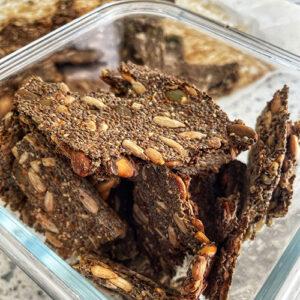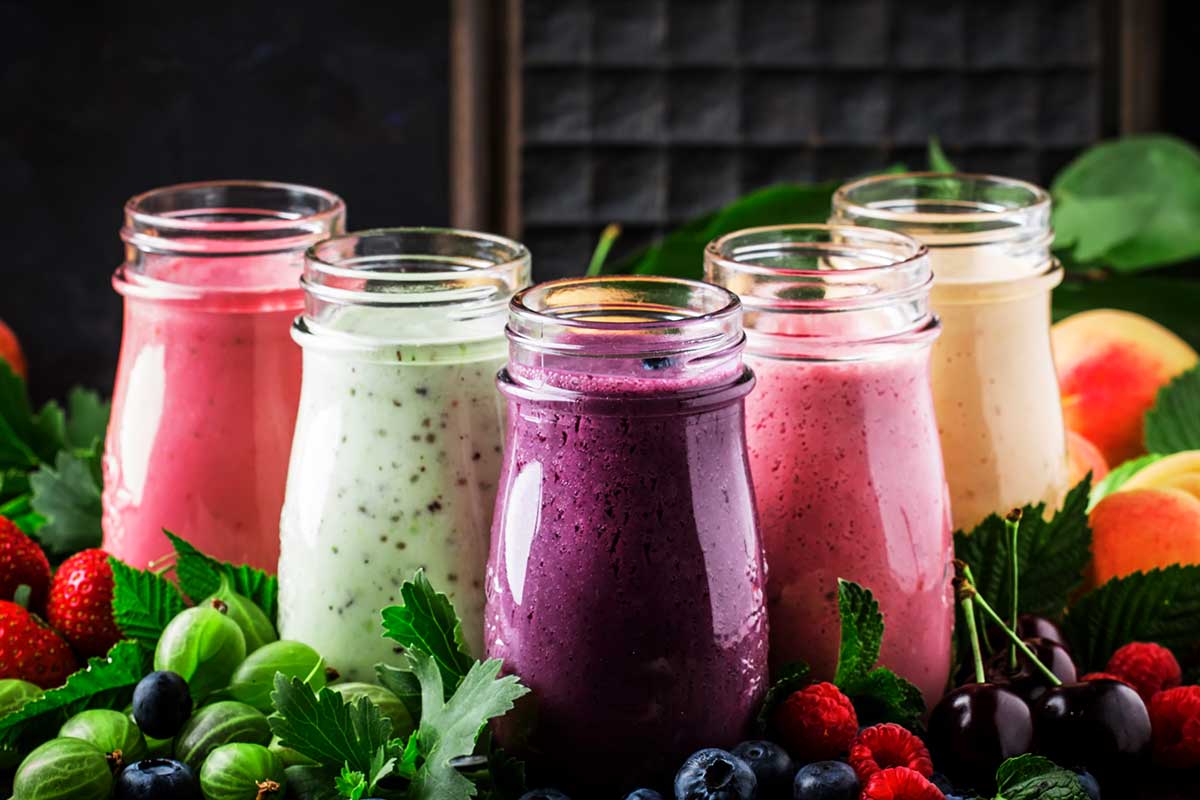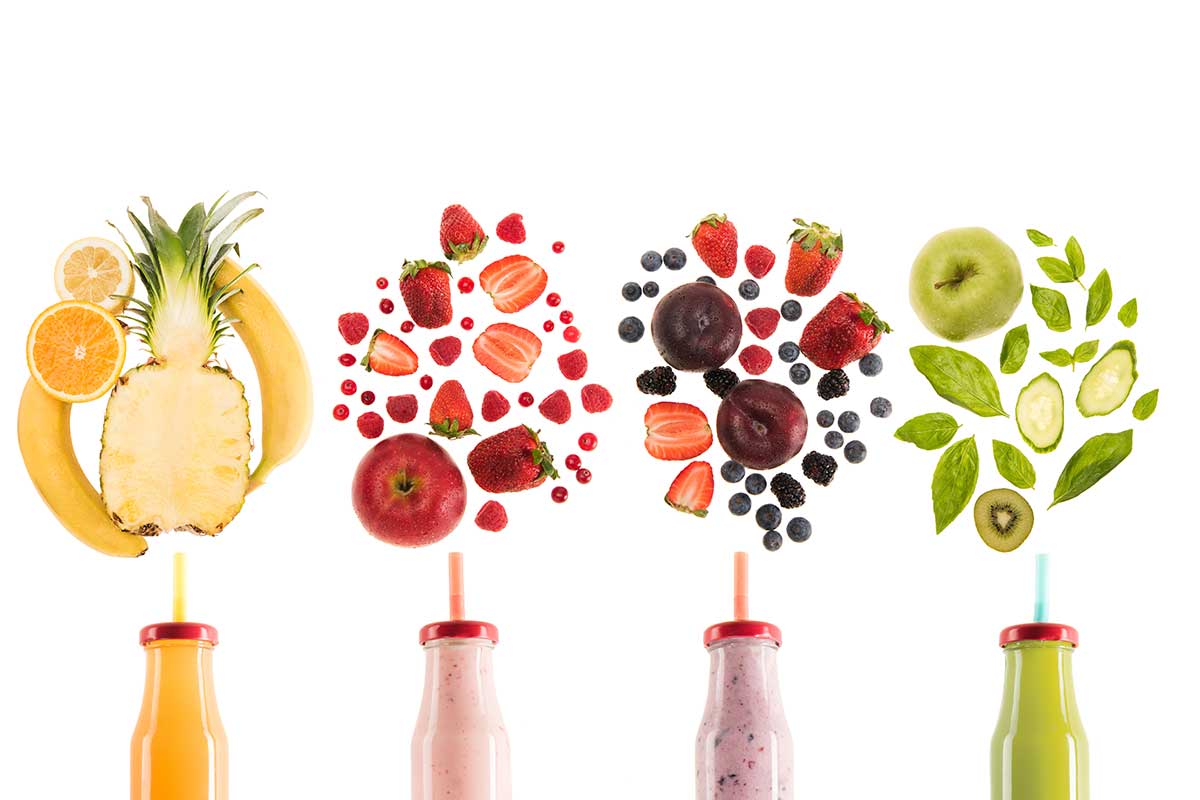Vegan, gluten-free savoury crackers
Equipment
- Medium bowl
- Fork
- Parchment paper
- Large baking sheet
Ingredients
- 1 cup chia seeds
- 2 cups water
- ½ cup pumpkin seeds
- 1 cup sunflower seeds
- 1 teaspoon salt
- 1 teaspoon paprika
- ½ teaspoon garlic powder
- ½ teaspoon onion powder
- ½ teaspoon pepper freshly ground
Instructions
- Heat your oven to 350 degrees F or 180 degrees C.
- Prepare a large baking sheet covered with parchment paper, leaving about 1-inch edges of the parchment paper. Set aside.
- In a bowl, place the chia seeds and pour in the 2 cups of water. Stir well with a fork and let sit for 10 minutes allowing the mixture to become gelatinous.
- Add the pumpkin and sunflower seeds as well as the spices. Stir well.
- Transfer the mixture to the baking sheet and smooth with a spatula ensuring the mixture is spread as evenly as possible, to allow consistent results.
- Place the baking sheet at the centre of the oven and bake for about 40 minutes. The mixture should look dry and have a bit of golden colour on top. When tapping, it should feel hard to the touch and cracker-like feel.
- When the cracker sheet is ready, remove it from the oven and transfer it to a cooling rack. Wait about 10 minutes or until you are able to hold the cracker sheet in your hands.
- Break the crackers with your hands to the desired sizes and allow them to cool completely.
- Place in an air-tight container and enjoy within up to a week with your favourite dip or spread.
Notes
For neutral, simply omit all spices. For sweetened, omit all spices and add 1 tablespoon of sugar and 1 teaspoon of cinnamon (optional).








